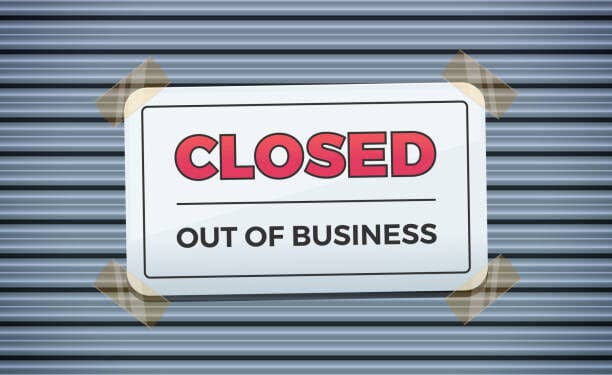South Africa’s small businesses are shutting down at an alarming rate, with 482 liquidations recorded in just four months, according to the latest data supplied by Statistics South Africa.
Behind these numbers lie stories of struggle, survival and an economy pushing entrepreneurs to the edge.
In April alone, South Africa recorded 109 business liquidations. While this reflects a decrease compared to the same period last year, the reality for most SMEs is bleak.
For many, like Lerato Mbele, shutting down was not a choice but a necessity. Her interlinked accommodation and events management startup, Rati Hospitality, once thrived in Mpumalanga. But constant power cuts and rising costs forced her to close.
“Each week, we spent more on backup power and less on keeping the business alive. Eventually, we had no option but to close,” she said.
According to Stats SA, the hardest hit sectors remain finance, insurance, real estate, and business services, followed closely by trade, catering and accommodation.
These industries rely heavily on stable infrastructure and consumer demand, both of which remain fragile in the current climate.
A recent survey by the Small Business Institute found that nearly half of SMEs identify load-shedding as their biggest hurdle. Buying generators or solar panels drains their limited capital, leaving little to invest in innovation or growth.
Although April saw a 14.8% drop in liquidations compared to last year, and a 6% decrease in the year-to-date figures, experts caution that these numbers may mask deeper instability.
Most of this year’s closures were voluntary, meaning business owners are choosing to shut down before debts spiral further out of control.
Benay Sager, head of DebtBusters, said limited access to credit was a major contributor.
“Often business lending in South Africa lags very much behind,” he explained.
“So, they have to use their personal profiles and their personal credit to borrow. We see many business owners who sign vehicle finance agreements under their names because the business won’t qualify,” said Sager.
Charles Phiri, an insolvency expert and business rescue practitioner, said early intervention was crucial.
“There is a decrease based on what the statistics have released, but it doesn’t make any difference,” he said. “It’s quite concerning because people are losing jobs and it’s hard to earn a living.”
Phiri urged struggling companies to consider business rescue before it was too late.
“Liquidation is an endgame. If companies consider going into business rescue early enough, they can restructure and recover.”
Jo Mitchell-Marais, who heads up turnaround and restructuring at Deloitte, shared the sentiment, but warned of barriers.
“Business rescue is only available to incorporated entities, and affordability is a big challenge,” she explained. “If you engage too late, you’re often left with no choice but to file for liquidation.”
SMEs contribute over 60% of private sector jobs. Each closure is not just a business lost, but livelihoods disrupted, and families affected.
“If you intervene early, there’s a real chance to save the business,” Phiri said.
“But if you wait too long, liquidation becomes the only door left open — and by then, it’s already too late.”

























































